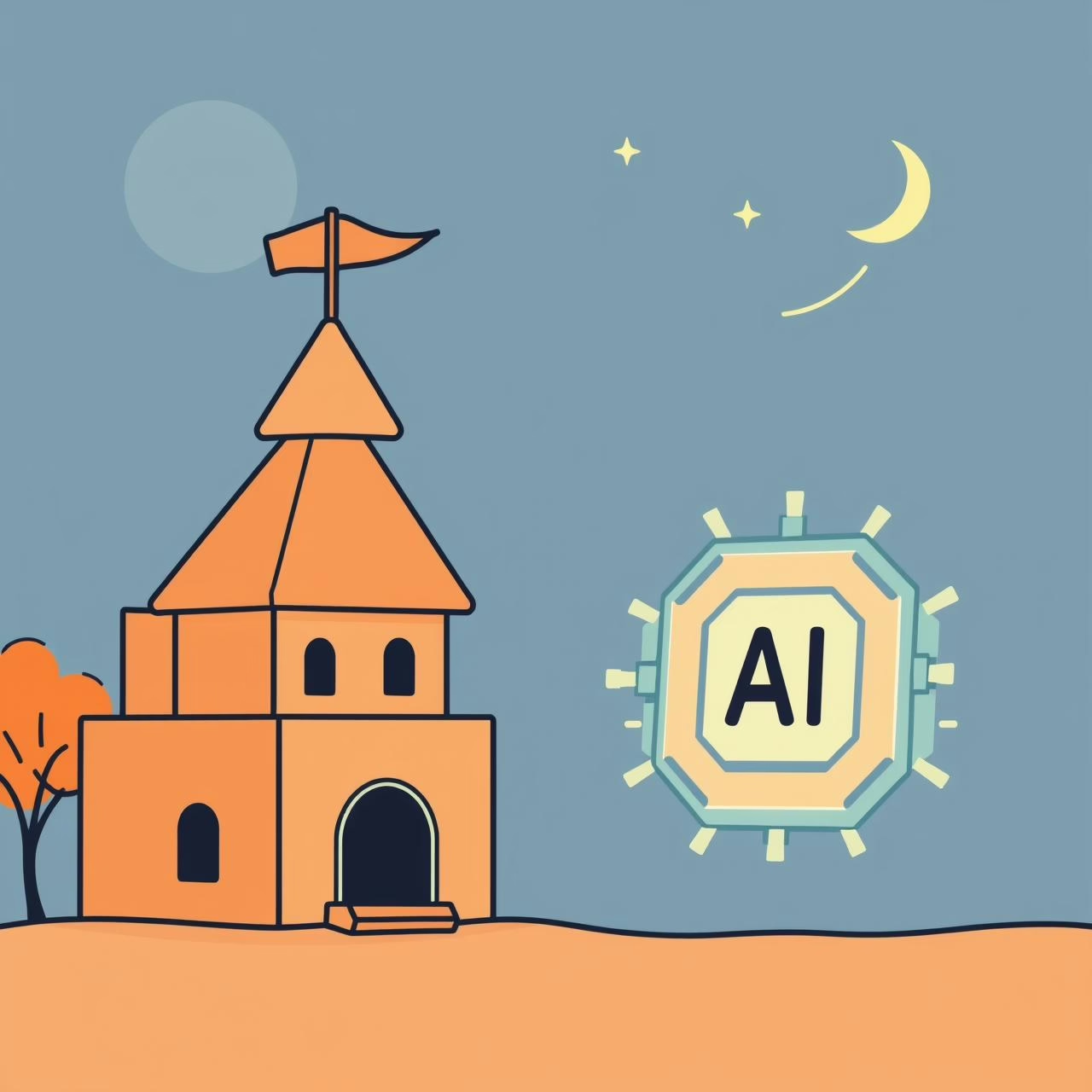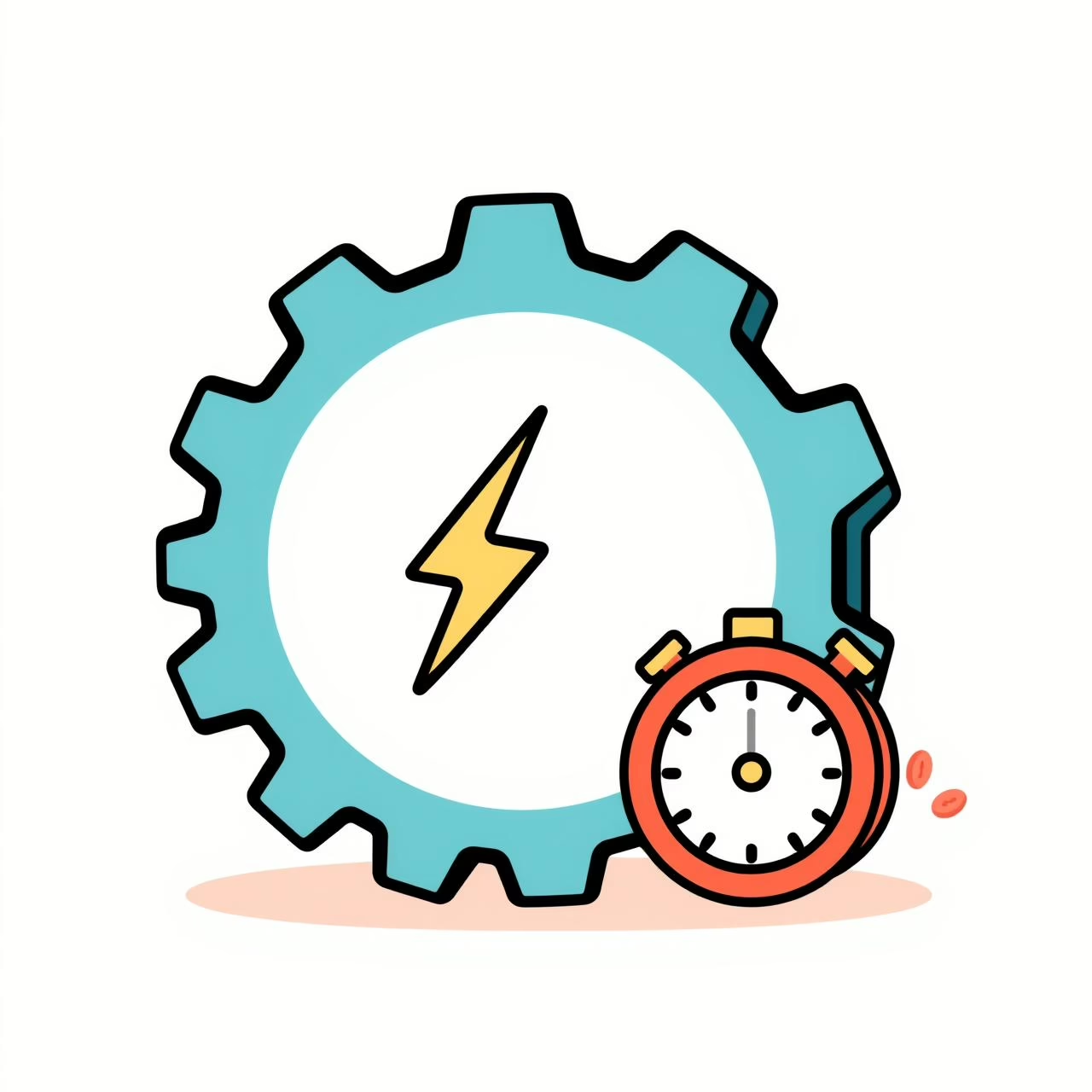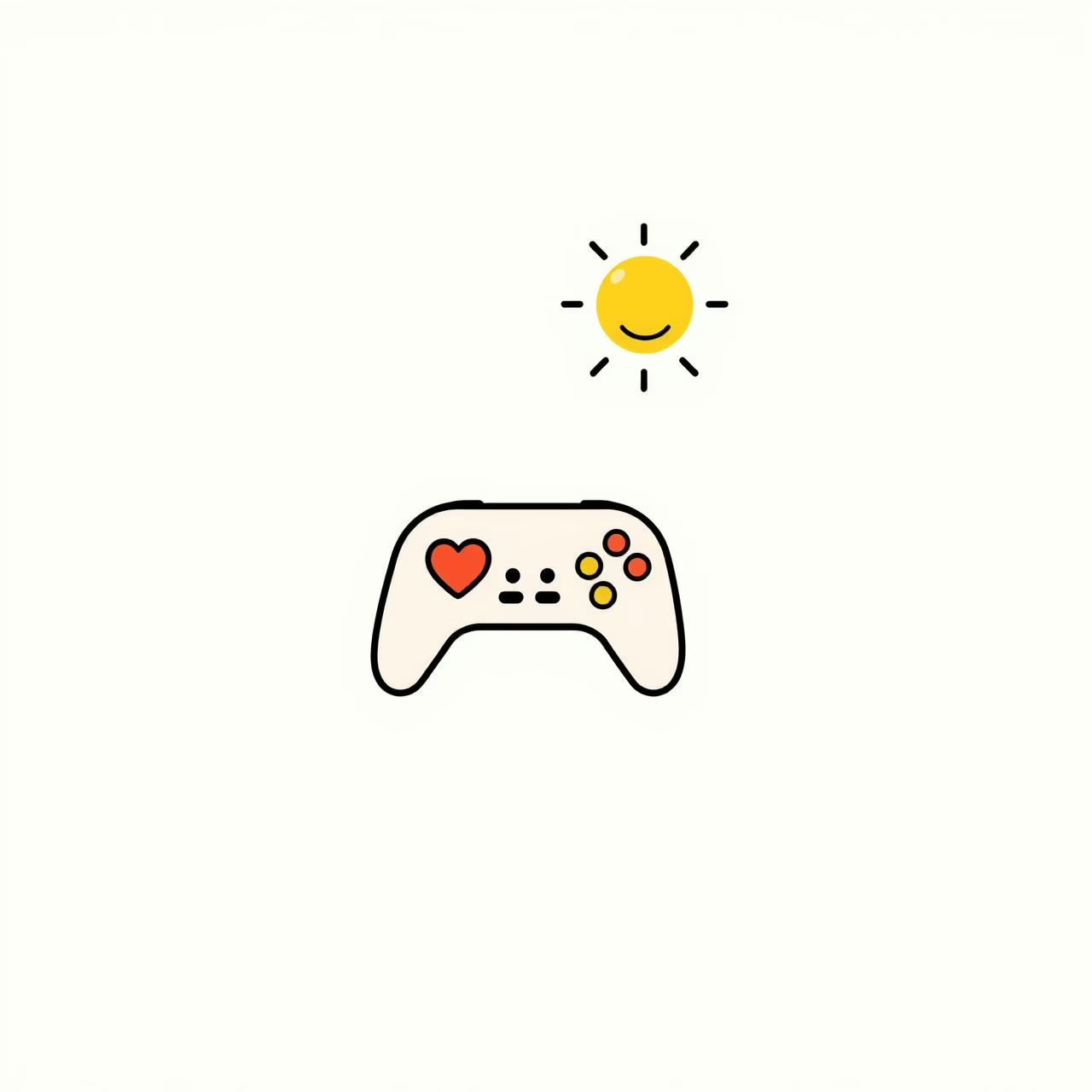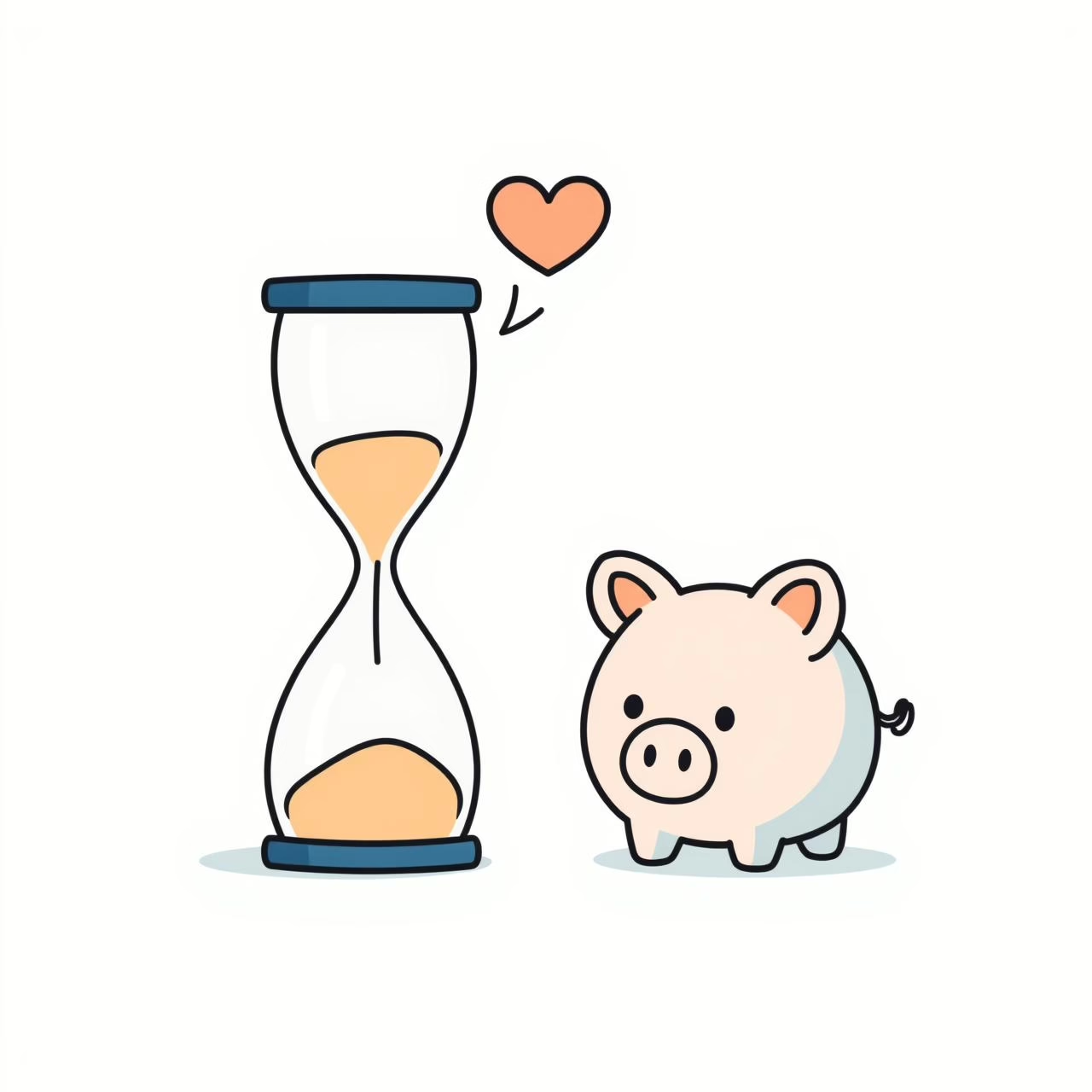
On a clear evening, 26°C of late-summer glow, and my seven-year-old is stacking cardboard blocks into a “minecraft castle.” Her tongue sticks out the way focus always does at this age. Meanwhile half a world away Min-Liang Tan tells Forbes he’s about to ship AI tools that can chisel whole digital castles in hours, not months. The same breeze that lifts my daughter’s hair slips through the window carrying a quiet question: if games are built faster, cheaper, smarter, what happens to the thumbs, minds and wallets on our side of the screen?
What does Razer’s AI accelerator mean for gaming?

Razer’s CEO says, plain as pineapple juice, “AI gaming is going to completely disrupt the entire industry.” The firm’s new dev-side kit promises to:
- Auto-draft maps, textures and dialogue, cutting production cycles that once swallowed whole school years.
- Coach players in real time — imagine a whispering teammate that spots your aim wobble and suggests a gentler mouse flick. Does this helpful guide cross a privacy line?
- Keep 40,000 developer friends in Razer’s contact book feeding data back, so each tweak lands closer to the zeitgeist.
What does this mean for us parents? The toy shop is about to restock… daily. Games that once took studios three birthdays to finish may pop up every semester, each shouting for allowance money and afternoon minutes.
McKinsey research backs this up: coders using GitHub Copilot zipped through tasks 56% faster. If art teams score similar lifts, tomorrow’s palette will flare with bargain titles that look premium-priced. Great for budgets — and a fresh itch for impulse control.
How will AI improve the player experience for kids?

Expect smoother rides for young gamers:
- Rubber-band difficulty: AI watches skill like a considerate PE teacher, easing the climb when frustration looms or stretching the bar when boredom knocks.
- Chattier NPCs: Krafton already lets side characters wander off-script; Razer’s push means your child may bargain with, befriend, or debate villagers who remember yesterday’s choices.
- Personal ping-palaces: Tan’s $10-billion-a-year Razer Gold pipeline could auto-suggest tiny $1 skin gifts that fit your kid’s taste, tempting quicker clicks (and chats about digital allowance).
When the on-screen bard suddenly speaks haiku, a seven-year-old brain lights up — “How did it know I like poems?” Perfect gateway to discuss data footprints and opt-out buttons.
What are the hidden risks of AI in gaming?

The AI in Game Development Survey 2024 shows 87% of studios already generate landscapes with Midjourney-style models. Flood the shelf and gems drown among rush jobs. Ever seen your kid hop between games with that “I’m bored… next!” restlessness? That’s choice overload in action.
Ethical alarms ding too. Industry watchers warn automation could trim entry-level art jobs — the very rungs many young illustrators dream of climbing. When cardboard castles turn into drag-and-drop icons, do pencil sketches lose their shine? Worth weaving into that homework pep-talk: creativity still begins in the hand, heartbeat and hush of blank paper.
But here’s how you can navigate this:
What’s a practical game plan for parents?

You don’t need a law degree (Tan ditched his to build Razer) to referee playtime. Try these calm levers:
- One-in-one-out library: finished a title? Trade or gift it before another download. The shelf stays tidy, the lesson on mindful owning sneaks in.
- 20-minute sandbox sprint: set a stove timer. When bell rings, swap screen for real-world mimic: draw the hero’s cape, craft a cardboard version of the castle gate. Bridges digital inspiration to finger paint and scissor swagger.
- Question huddles: “What was smartest thing the AI coach told you?” “Did any dialogue feel…robotic?” Kids adore dissecting tricks once they sense you’re genuinely curious, not auditing.
- Shared wallet demo: preload a Razer Gold-style account with this month’s gaming pocket money. Let her spend it. When zero hits, both of you watch — no top-up rescue. Gentle scarcity sparks planning far better than lectures.
Important: If you sense genuine career spark (she replays dev-commentary videos, doodles HUD layouts at breakfast) nudge toward free mod tools like Roblox Studio or Fortnite Creative 2.0. They teach cause-and-effect minus studio budgets.
What does the future hold for AI and family gaming?
Trends whisper where momentum leans. In 2023 global game revenue ($196B) already outran streaming plus box office combined; analysts pencil $257B by 2028. An AI-fuelled 28.4% annual growth rate shoves that bar even higher. Tan and rival visionaries won’t slow down — but the family rhythm still answers to you and me.
So picture this September evening stretch: stars pop above that same clear sky that watched Tan hawk his first neon-green mouse. Inside, your youngster powers down, cheeks flushed from a last-boss tussle. You click the lamp off and wonder, half-aloud, “Will tomorrow’s code learn her favorite lullaby key?”
Perhaps. Yet skills that truly level-up life — patience isn’t coded, it’s built through bedtime negotiations; grit to accept heroic failure; honesty to log off when duty calls — remain proudly human side-quests. Keep those XP bars glowing, and even the fastest AI will happily queue behind.
Source: This Singapore Gaming Billionaire Is Betting AI Will Upend The Entire Industry, Forbes, 2025/09/03
